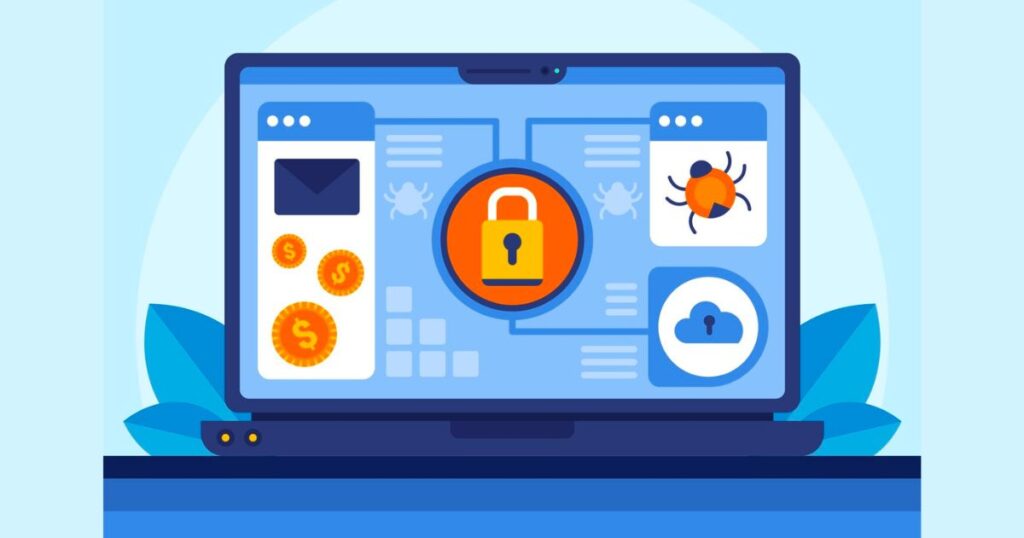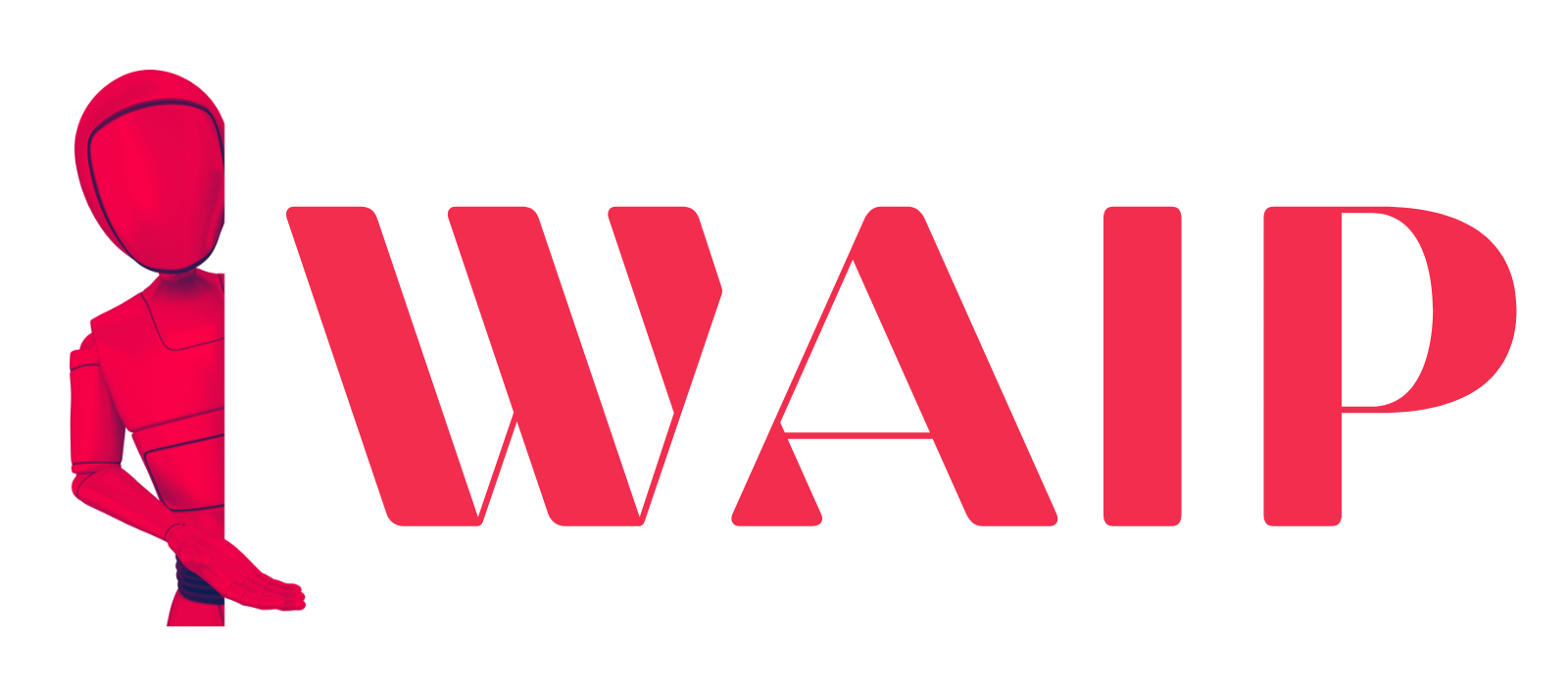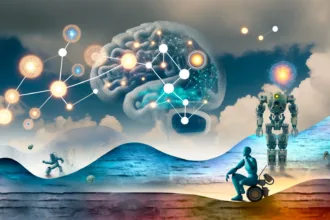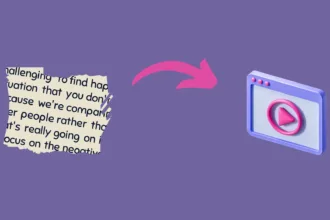WormGPT AI is a recent addition to the language processing technology sphere, developed by group of anonymous developers.
It boasts powerful capabilities such as generating text, translating languages, and creating various forms of creative content. However, its potential misuse for harmful objectives has earned it some criticism.
In this article, we delve into the intricacies of WormGPT AI, discussing its nature, operational mechanics, potential applications, ethical implications, and associated risks.
What is WormGPT AI?

WormGPT AI, or Wormhole Generative Pre-trained Transformer, is a vast language model trained on a comprehensive dataset consisting of text and code, which includes books, articles, and other forms of text.
Like other GPT models such as OpenAI’s GPT-3, WormGPT AI exhibits similarity. However, its design is more inclined towards potentially harmful objectives. Its training data consists of content such as malware, phishing emails, and other malicious matter.
Why is WormGPT AI Controversial?
WormGPT AI is a powerful language model that can be used to generate deceptive and convincing text. It has been used for malicious purposes, such as creating realistic phishing emails, fake news articles, and deepfakes.
Phishing emails are designed to trick people into revealing personal information, such as passwords or credit card numbers. WormGPT AI can be used to create phishing emails that are difficult to distinguish from legitimate emails. This makes it easier for people to fall victim to phishing attacks.
Fake news articles are articles that are intentionally false or misleading. WormGPT AI can be used to create fake news articles that look like they were written by a legitimate news organization. This makes it easier for people to believe the fake news articles.
Deepfakes are videos or audio recordings that have been manipulated to make it look or sound like someone is saying or doing something they never said or did. WormGPT AI can be used to create deepfakes that are very realistic. This makes it easier for people to believe the deepfakes.
The potential for WormGPT AI to be used for malicious purposes has made it a controversial tool. It is important to be aware of the risks associated with using this technology and to use it responsibly.
What Risks Accompany the Use of WormGPT AI?
WormGPT AI usage comes with several risks:
- Malicious use: The technology can generate harmful content like phishing emails, malware, or disinformation.
- Privacy issues: WormGPT AI could potentially gather and store personal data, which could be exploited to track or target users with advertisements.
- Bias: Given its training data, WormGPT AI is likely biased, implying it may generate biased or offensive text.
The Technology Behind WormGPT AI
WormGPT AI leverages OpenAI’s GPT-3 technology. GPT-3 is a substantial language model trained on a large dataset of text and code, enabling it to respond to user queries in a natural and engaging manner.
WormGPT AI also employs deep learning, a subset of machine learning mimicking human learning processes. This allows WormGPT AI to produce coherent and creative text.
What are the Features of WormGPT AI
1. Human-like text production
WormGPT can produce text that closely resembles human writing. This makes the messages appear authentic and trustworthy, even though they are not.
2. Data-driven learning
WormGPT is trained on data from previous phishing campaigns. This allows it to understand human behavior and tailor its messages to exploit the vulnerabilities of potential victims.
WormGPT AI is a powerful language model that can be used to generate deceptive and convincing text. It has several features that make it a formidable weapon in the hands of cybercriminals.
3. Unlimited character generation
WormGPT can generate an unlimited number of characters, which allows it to create long and elaborate messages. This makes it difficult for recipients to identify the messages as phishing attempts.
4. Automated phishing campaigns
WormGPT can be used to launch large-scale phishing campaigns without manual intervention. This makes it possible for cybercriminals to reach a large number of victims quickly and easily.
FraudGPT and WormGPT: What They Are Do?
FraudGPT is designed to generate text that is used in fraudulent activities, such as phishing emails, fake news articles, and social engineering attacks. It can generate text that is very convincing and persuasive, making it difficult for people to distinguish between real and fake content.
WormGPT is designed to spread malware through social media and other online platforms. It can generate text that is designed to exploit people’s emotions, such as fear and greed. It can also generate text that is designed to appear legitimate, making it difficult for people to identify it as malicious.
Both FraudGPT and WormGPT are dangerous tools that can be used to cause harm. It is important to be aware of these models and to take steps to protect yourself from them.
PoisonGPT vs WormGPT: What are the Differences?
PoisonGPT and WormGPT are both large language models (LLMs) that have been developed to generate malicious text. However, there are some key differences between the two models.
PoisonGPT is designed to inject malicious code into legitimate software. This can be done by generating text that contains malicious code, or by generating text that can be used to exploit vulnerabilities in software.
WormGPT, on the other hand, is designed to spread malicious text through social media and other online platforms. This can be done by generating text that is persuasive and engaging, or by generating text that is designed to exploit people’s emotions.
The Future of WormGPT AI
The future trajectory of WormGPT AI is unclear. While it holds potential for misuse, there’s also the possibility of utilizing WormGPT AI for beneficial purposes. It could serve to fortify security software or inspire new artistic and entertainment forms.
How can developers mitigate these risks?
Developers can take several steps to minimize the risks associated with WormGPT AI:
- Train WormGPT AI on unbiased text datasets: This would help prevent the generation of biased or offensive text.
- Encrypt training data for WormGPT AI: This would enhance the privacy protection of users.
- Formulate guidelines for WormGPT AI’s responsible use: These guidelines should help deter WormGPT AI’s misuse for harmful purposes.
FAQs
-
What is WormGPT AI?
WormGPT AI, or Wormhole Generative Pre-trained Transformer, is a language model trained on a dataset containing potentially harmful content, such as malware and phishing emails.
-
Why is WormGPT AI controversial?
WormGPT AI is controversial due to its potential for misuse, including generating harmful content like phishing emails, malware, and disinformation.
-
What are the risks of using WormGPT AI?
The risks of using WormGPT AI include malicious use for harmful objectives, privacy issues with data gathering, and the potential for generating biased or offensive text.
-
What technology does WormGPT AI use?
WormGPT AI utilizes OpenAI’s GPT-3 technology, a large language model trained on a vast dataset, enabling it to respond to user queries naturally.
-
How can developers mitigate the risks associated with WormGPT AI?
Developers can mitigate risks by training WormGPT AI on unbiased datasets, encrypting training data, and formulating guidelines for responsible use to prevent misuse for harmful purposes.
Conclusion
WormGPT AI is an influential language processing technology with potential for harmful misuse.
However, it also holds potential for positive applications. It’s crucial to ensure responsible and ethical use of WormGPT AI.

![Best Mobile Games Your Should Try in 2024 [Trending Now] 2 Best Mobile Games](https://wideaiprompts.com/wp-content/uploads/2024/03/Best-Mobile-Games-330x220.webp)



![Best Mobile Games Your Should Try in 2024 [Trending Now] 10 Best Mobile Games](https://wideaiprompts.com/wp-content/uploads/2024/03/Best-Mobile-Games-150x150.webp)


